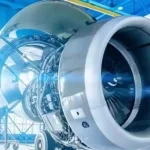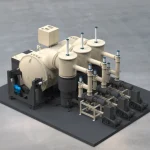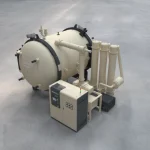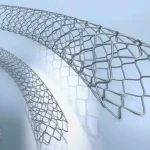Vacuum Carburizing Furnace Overview
The vacuum carburizing furnace is a key piece of equipment in the vacuum carburizing process. This process heats the workpiece in a vacuum and then introduces a carbon-containing gas to diffuse carbon onto the surface. With the growth of the automotive, aerospace, and high-precision machinery industries, the demand for components with high surface hardness and wear resistance is increasing. Vacuum carburizing achieves precise carbon control and uniform penetration without oxidation or decarburization.
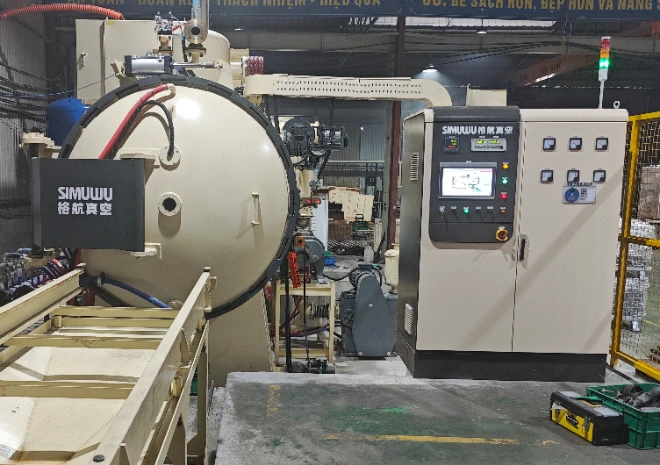
Applications
Automotive gears: Improve surface hardness and wear resistance, enhance durability, and reduce noise.
Aerospace parts: Provide turbine disks and shafts with the necessary surface properties to withstand high stress and high temperature environments.
High-precision machinery: Provide precision instruments and machine tool components with improved surface quality and performance.
Tools and dies: Improve surface hardness to enhance cutting performance and service life.
Process Implementation
A specialized vacuum carburizing furnace is required. It typically consists of a furnace chamber, vacuum system, heating system, gas supply system, quenching system, and electrical control system.
Furnace Components
The furnace chamber is designed to withstand high temperatures and maintain a stable vacuum environment. The vacuum system is responsible for generating and maintaining the required vacuum level within the furnace. The heating system evenly distributes heat throughout the furnace chamber, ensuring uniform temperature distribution during carburizing. The gas supply system precisely controls the flow of carbon-containing and other process gases. The quenching system rapidly cools the workpiece after carburizing. The electrical control system precisely controls all furnace operations, from temperature control to gas flow regulation.
Furnace Function and Process
The primary function of a vacuum carburizing furnace is to create a controlled environment for carbon diffusion. The furnace chamber is first evacuated to the desired vacuum level. Once the required vacuum level is reached, the workpiece is heated to the carburizing temperature. Then, carbon-containing gas is introduced in a controlled manner to begin the carburizing process. After carburizing is complete, the workpiece is quenched to lock in the carbon and achieve the desired hardness.
Effects of Vacuum Carburizing
Hardness Enhancement: Increases surface hardness, thereby improving wear resistance.
Improves fatigue strength: Inhibits crack initiation and propagation.
Uniform Carbonization: Achieves more uniform carbon penetration.
Deformation Reduction: Minimizes deformation during cooling.
Clean Surface: Prevents oxidation and decarburization. Process Overview
Carburizing processes come in various configurations, such as single-stage and multi-stage. Furnace performance impacts process efficiency.
